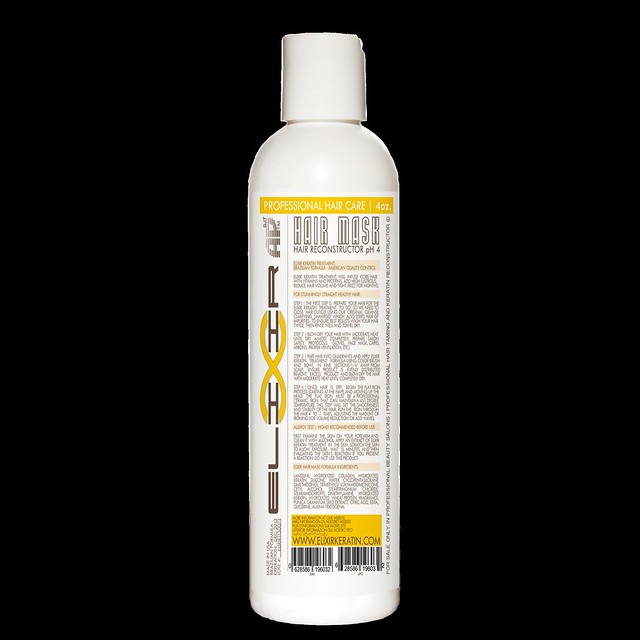Is CoolSculpting Safe?
Cryolipolysis, or CoolSculpting as it is more popularly known, is a nonsurgical fat reduction procedure that reduces localized pockets of fat that persist despite diet and exercise. It is FDA approved for treating fatty bulges underneath the chin, on the inner and outer thighs, abdomen, hip/flank (“love handles”), and upper arms.
What is CoolSculpting?
CoolSculpting is a non-invasive, FDA-approved procedure that works by freezing and then destroying fat cells. It can be performed in a medical spa or doctor’s office and typically takes about 35 to 60 minutes. The fat cells die gradually over several weeks and months, and the dead cells are naturally metabolized by the body. CoolSculpting is a great option for people who are close to their ideal body weight but have “problem areas” where they can’t lose extra fat with diet and exercise alone, says plastic surgeon Ramtin Kassir.
However, he cautions that patients should only seek CoolSculpting treatment from a board-certified dermatologist or plastic surgeon familiar with the technique. A searchable database of qualified practitioners can be found at the American Academy of Dermatology and the American Board of Cosmetic Surgery. Aside from the risks mentioned above, there are also concerns that the treatment can trigger a rare side effect known as paradoxical adipose hyperplasia (PAH). PAH is when fat cells grow instead of dying after CoolSculpting and lead to mottled, bulging skin texture.
How Does CoolSculpting Work?
CoolSculpting uses carefully calibrated cooling to eliminate unsightly areas of fat, sculpting away bulges and rolls. The process destroys the lipid cells that contain the fat, triggering a natural removal process.
During the procedure, you may feel pressure and intense cold as a special gel applicator is placed on the area. Once this is in cryolipolysis treatment place, the device begins to freeze the fat cells under the skin.
As the fat cells begin to freeze, they die. The body then naturally processes and flushes out these dead cells, leaving surrounding skin, nerves and muscle undamaged. You can expect to start to see results within a few weeks of your treatment, with the most dramatic results appearing around three months after treatment.
It’s important to note that CoolSculpting doesn’t treat obesity and shouldn’t replace a healthy diet. It isn’t intended to reduce large amounts of weight, but rather to target stubborn areas of fat that are resistant to exercise and diet. For example, women with banana rolls under the buttocks who struggle to tone them with regular exercise are often good candidates for CoolSculpting.
Are There Any Side Effects to CoolSculpting?
As a noninvasive procedure, CoolSculpting is generally considered safe. It’s an FDA-approved treatment that doesn’t harm skin cells or muscle tissue, and it has been used on over 4 million patients worldwide. However, if you’re considering this cosmetic body contouring procedure, you should know about the possibility of a severe side effect known as paradoxical adipose hyperplasia (PAH).
PAH happens when fat cells in a treated area enlarge rather than dying after being frozen by CoolSculpting. This leads to firm bulges in the skin that can be hard and dense, creating an unnatural appearance. It’s a rare side effect, but it’s one to be aware of when considering a CoolSculpting treatment.
CoolSculpting is a patented fat-freezing technique that’s been clinically proven to be effective. It’s a great choice for people with stubborn pockets of fat that aren’t responsive to diet and exercise. It can help you achieve a 27% reduction in the fat in a treated area, and results typically improve for six months after your treatment. However, it’s not an effective solution if you have a high BMI or are pregnant.
Are There Any Contraindications to CoolSculpting?
The good news is that CoolSculpting is safe for most people. This noninvasive, FDA-approved cosmetic procedure is based on cryolipolysis, which uses freezing cold temperatures to kill fat cells without damaging the surrounding tissue or skin. It is used to spot treat areas of stubborn fat that don’t respond to diet and exercise.
In most cases, the dead fat cells are eliminated from the body through natural processes in two to six months. However, a rare risk called cryolipolysis paradoxical adipose hyperplasia may occur. In this condition, the fat cells actually enlarge instead of dying. This side effect occurs in less than one percent of patients reviewed.
The most common side effects of CoolSculpting include numbness, tenderness, and redness or swelling in the treated area. People with certain medical conditions are not suitable candidates for the procedure, including those who are pregnant or breastfeeding or have chronic skin diseases like psoriasis or eczema. Those taking blood-thinning medications should not undergo the treatment either, since this may increase your risk for complications. Your doctor will review your medical history carefully before determining whether or not you can safely undergo the procedure.
Are There Any Downtime to CoolSculpting?
CoolSculpting is an FDA-approved, nonsurgical, and painless treatment for permanently reducing stubborn pockets of fat in the body. The fat-freezing procedure uses patented technology called cryolipolysis to destroy unwanted fat cells in the targeted area without harming the surrounding tissue and skin. The destroyed cells are gradually excreted through the body’s natural metabolic process. The results of a single CoolSculpting treatment can reduce adipose tissue by up to 25%. CoolSculpting can help reduce stubborn fat deposits in the abdomen, love handles, back, thighs, bra area, and knees.
The body contouring results from CoolSculpting are permanent, so long as you maintain a healthy weight and exercise regularly. However, CoolSculpting cannot prevent new fat cells from forming in the body, so it’s important to keep your weight stable after your CoolSculpting sessions.
If you want to get rid of stubborn pockets of fat, you can schedule a consultation with an experienced CoolSculpting provider in NYC. While applying ice to stubborn fat areas at home can be ineffective, it is also dangerous because the cold temperature may freeze the tissue, causing frostbite.


